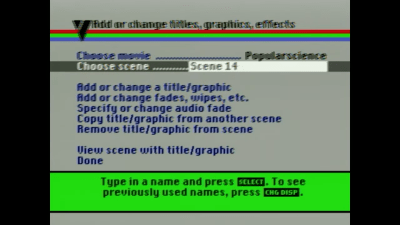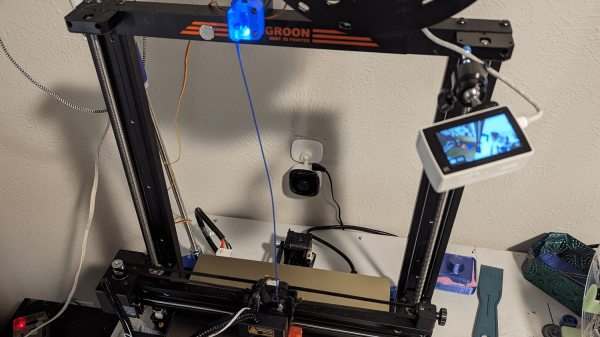These days, so much of what we see online is delivered by social media algorithms. The operations of these algorithms are opaque to us; commentators forever speculate as to whether they just show us what they think we want to see, or whether they try to guide our thinking and habits in a given direction. The Digital Poison device from [Lucretia], [Auxence] and [Ramon] aims to twist and bend the algorithm to other ends.
The concept is simple enough. The device consists of a Raspberry Pi 5 operating on a Wi-Fi network. The Pi is set up with scripts to endlessly play one or more select YouTube videos on a loop. The videos aren’t to be watched by anyone; the device merely streams them to rack up play counts and send data to YouTube’s recommendation algorithm. The idea is that as the device plays certain videos, it will skew what YouTube recommends to users sharing the same WiFi network based on perceived viewer behavior.
To achieve subtle influence, the device is built inside an unobtrusive container. The idea being that it could be quietly connected to a given WiFi network to stream endlessly, in turn subtly influencing the view habits of other users on the same network.
It’s difficult to say how well this concept would work in practice. In many cases, sites like YouTube have robust user tracking that feeds into recommendation algorithms. Activity from a random user signed into the same network might not have much of an influence. However, conceptually, it’s quite interesting, and the developers have investigated ways to log the devices operation and compare it to recommendations fed to users on the network. Privacy provisions make this difficult, but it may be possible to pursue further research in this area. Files are on Github for the curious.
Ultimately, algorithms will always be a controversial thing as long as the public can’t see how they work or what they do. If you’re working on any projects of your own in this space, don’t hesitate to let us know!
[Thanks to Asher for the tip!]




 Once assembled, the system resembled a spaghetti junction of cables and clunky commands. One wrong button press could erase precious minutes of hard-won footage. Still, the determination of DIY pioneers drove the machine’s success, setting the stage for the plug-and-play ease we now take for granted.
Once assembled, the system resembled a spaghetti junction of cables and clunky commands. One wrong button press could erase precious minutes of hard-won footage. Still, the determination of DIY pioneers drove the machine’s success, setting the stage for the plug-and-play ease we now take for granted.














